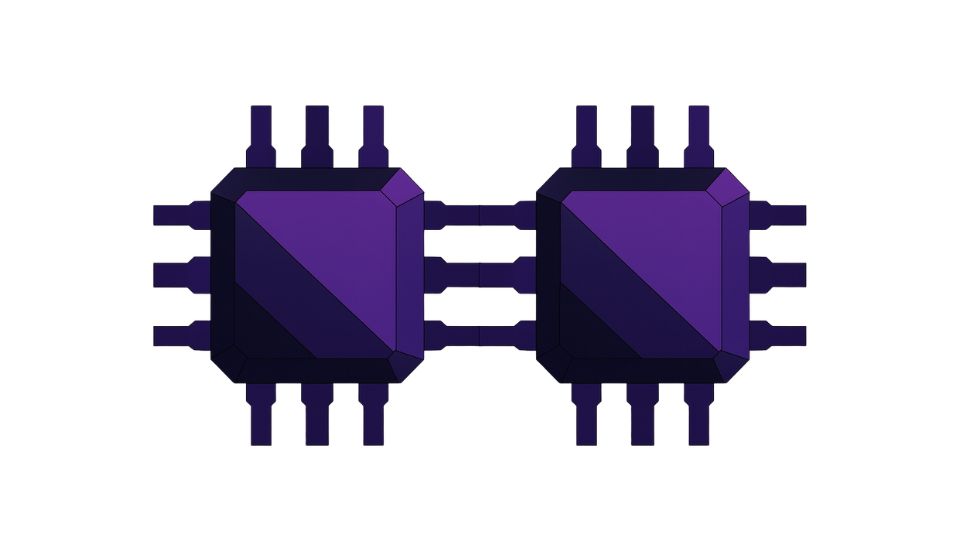Active Directory, the foundational identity and access management service for over 90% of Fortune 1000 companies, remains a critical target for cyber adversaries, especially in essential sectors like critical infrastructure. Its pervasive role in authenticating users and devices makes it an attractive gateway for attackers seeking to compromise entire networks.
The escalating complexity of AD environments, exacerbated by hybrid and cloud infrastructures, has inadvertently expanded its attack surface. This evolution, coupled with the inherent challenge of securing a system that controls nearly all network resources, positions AD as a primary vulnerability. Recent high-profile incidents underscore the severe operational and financial ramifications of an AD breach. A single compromise can cripple organizations and disrupt vital services.
Attackers frequently leverage established techniques such as Golden Ticket attacks, which generate counterfeit authentication tickets for prolonged domain access. They also use DCSync attacks to mimic domain controllers and extract password hashes. Other common methods include Kerberoasting, which targets service accounts to brute-force passwords, and Access Control List (ACL) attacks, which manipulate permissions for privileged access. These methods often resemble legitimate AD operations, allowing them to evade traditional security defenses. The average detection time for an AD breach still exceeds 200 days, granting attackers significant time to inflict extensive damage.
The 2024 Change Healthcare breach starkly illustrates these vulnerabilities. In this incident, threat actors exploited a server lacking multifactor authentication, then pivoted to Active Directory to escalate privileges. This compromise ultimately led to one of the most financially damaging cyberattacks in recent history, impacting approximately 192.7 million individuals and disrupting patient care. Attackers gained control, creating accounts, modifying permissions, disabling security controls, and moving laterally across the network undetected by many standard security tools.
Beyond known attack vectors, newly disclosed vulnerabilities continue to reshape the threat landscape. In April 2025, Microsoft revealed a critical flaw in AD Domain Services that could allow low-level attackers to escalate privileges to the SYSTEM level, potentially granting them complete control over enterprise networks. While patches are available, the complexity of exploitation and its potential impact, particularly on critical infrastructure, remain a significant concern. Legacy protocols like NTLM and NetBIOS, still present in many enterprise environments for backward compatibility, further serve as avenues for relay attacks and credential harvesting, despite Microsoft’s recommendations for migration.
Securing Active Directory against these persistent and evolving threats requires a multifaceted approach. Organizations should:
- Implement robust Multi-Factor Authentication (MFA) across all privileged accounts and critical systems.
- Adopt Privilege Access Management (PAM) solutions to strictly control and monitor elevated access.
- Deploy advanced threat detection solutions leveraging artificial intelligence and machine learning to identify anomalies, privilege escalations, and lateral movement attempts.
- Establish continuous monitoring, proactive vulnerability management, and well-rehearsed incident response plans.
These measures are crucial for mitigating risk and protecting critical infrastructure.

